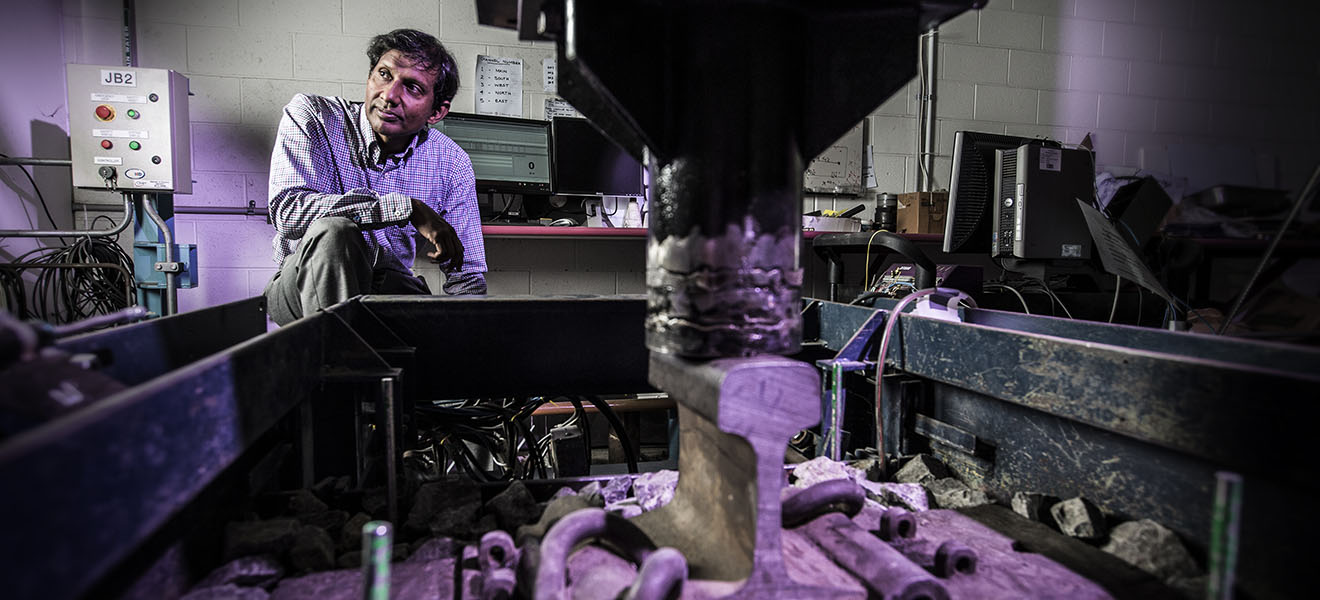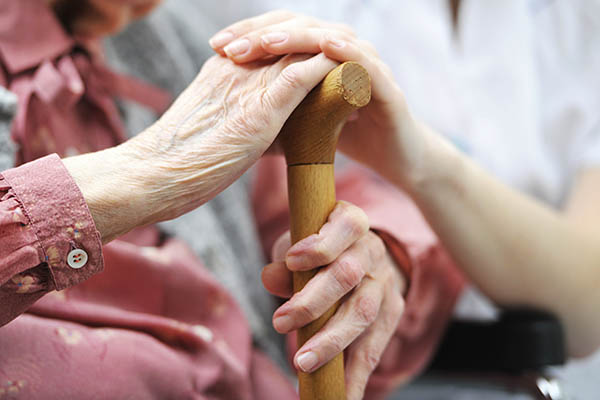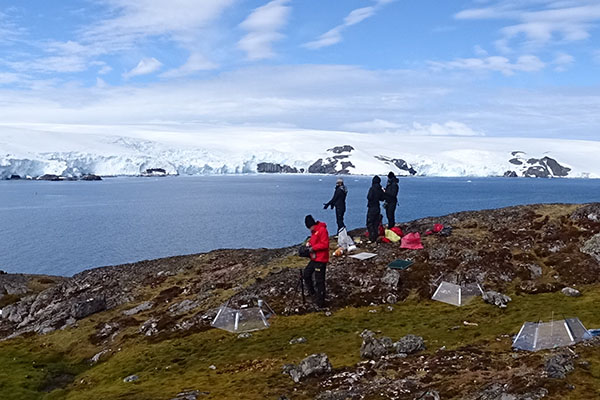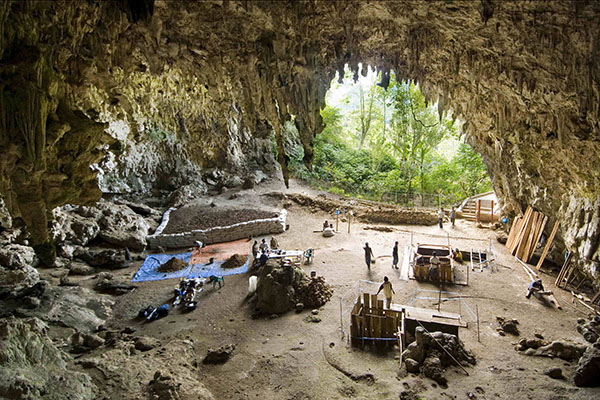Taking a recycled tyre technology to deliver high-speed rail and more efficient freight services in Australia
The research team at the Centre for Geomechanics and Railway Engineering at UOW, led by Distinguished Professor Buddhima Indraratna, has an enviable record of industry partnership over two decades of research and innovations in rail track technology.
Driven by a goal to make Australian railways more resilient, efficient and sustainable, the research team has recently begun a new partnership working with recycled tyre technology via funding from Tyre Stewardship Australia and the NSW Environmental Trust in collaboration with EcoFlex Ltd.
The project is investigating the use of the EcoFlex system of recycled tyre casings as a rubber-based energy absorbing layer in heavy load road or high axle rail infrastructure. The UOW team is building and testing the technology, with a view to implementation as an environmentally-friendly alternative to the traditional compacted gravel capping layer for new tracks.
The overall load-bearing system is structurally integrated by building layers of compacted rock base infilling the tyre cells, placing geotextiles at crucial depths, and an overlying fresh ballast bed. It has been tested in the rail and pavement laboratory at UOW’s SMART Infrastructure Facility, and in the field as an ‘access road’ for an embankment project.
From these early tests, the benefits of the Rubber-based Energy Absorbing Layer (REAL) system include that no extra compaction is needed on the road, it is able to withstand flood events, and it is able to absorb a significant amount of energy from dynamic construction loads and subsequent live loads, such as fast moving heavy haul trains.
The load and speed of passenger and freight trains create a transfer of energy and associated vibrations into the ground that could be likened to a ‘small earthquake tremor’, according to Professor Indraratna.
“Australia has one of the longest rail track networks in the world, but we also have some of the poorest soil conditions in the world. This is particularly true along the east coast, where high compressibility of estuarine soil, erosion of silty soils and even sudden instability under wet conditions of shallow soil layers under train passage, can seriously challenge the design, construction and maintenance efforts.
“These waste products [such as rubber from tyres] may be conditioned to perform as well as traditional construction materials, an economically enticing move towards the greening of Australian railways and certainly more favourable towards reducing the carbon footprint.”
The REAL system is expected to be tested ‘in situ’ - laid as an experimental trial track - on the Central Coast of NSW, facilitated by the research team’s long-standing collaborations with the Australian Rail Track Corporation and Australasian Centre for Rail Innovation.
If successful, it may result in the ability for larger, heavier and faster trains. This drives efficiencies in freight transport across the nation, less maintenance of rail track, saving money across Australia’s 4430 kilometre track network. It may also yield information that could help develop a valuable domestic market for recycled end-of-life tyre material.
Given the looming national flagship project of Melbourne-Brisbane Inland Rail (MBIR) for optimising freight transport efficiency between major cities and ports, for which the Federal Government has committed at least $8 billion, this research is expected to inspire our nation as well as making a significant global impact.
Partner organisations
EcoFlex Ltd
Tyre Stewardship Australia
NSW Environmental Trust
Australian Rail Track Corporation
Australasian Centre for Rail Innovation
UOW participants
Dr Cholachat Rujikiatkamjorn, Distinguished Prof. Buddhima Indraratna, Dr Ana Heitor, Dr Qideng Sun





